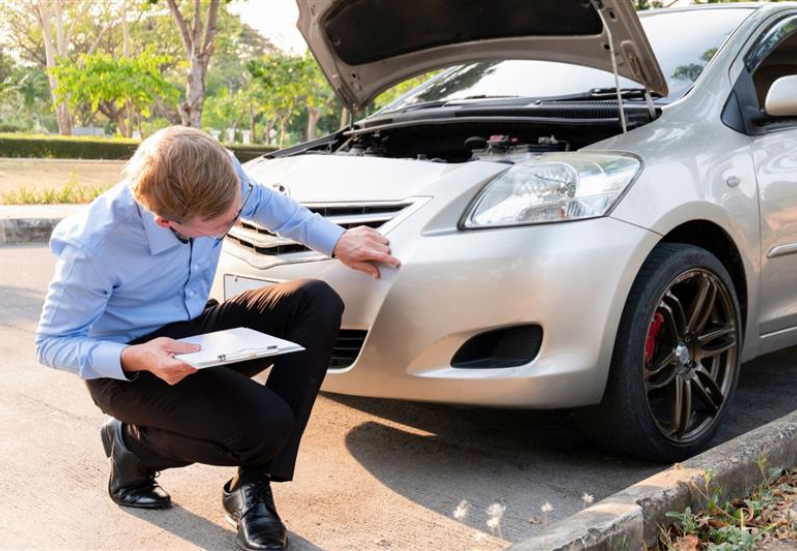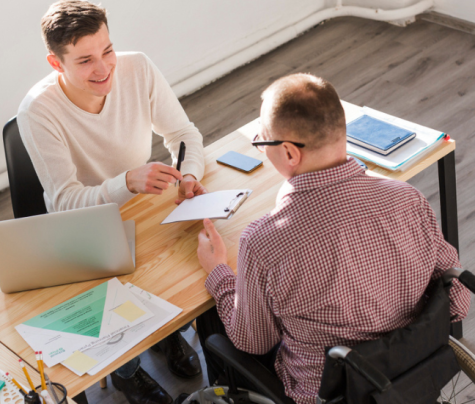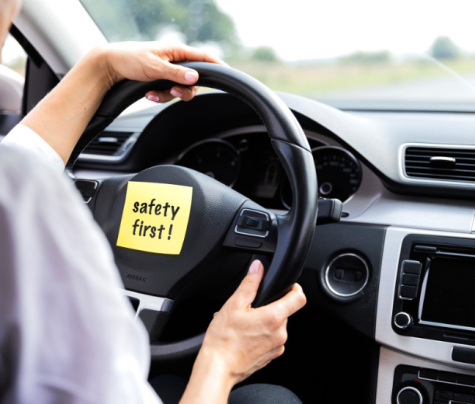
Today’s topic: what to do after a Rideshare Accident?
Getting hit by a car while you’re walking—especially if it’s an Uber or Lyft—can throw your whole world upside down. One second you’re crossing the street or heading somewhere, and then boom—everything changes.
You’re in pain, unsure what just happened, and suddenly you’ve got a ton of questions. Who’s at fault? How are you supposed to pay your bills? What if you can’t work for a while?
It’s a lot to take in. But hey, you’re not in this alone. Whether the crash was just days ago or a few weeks back, there are things you can do now to protect yourself, your health, and your future.
And yeah, a skilled personal injury attorney can guide you the best in such a case! TBH, talking to these legal professionals is a game changer. They’ll help you sort out the messy stuff and make sure you’re not missing anything important.
Hi. In today’s blog, I will be talking about all the things that you need to do after a Rideshare accident. So if that is what you want to know, you have come to the right place.
Therefore, keep on reading this blog till the end, and thank me later…
Who’s Responsible in a Rideshare Crash?
This is usually the first thing people ask: “Who’s legally at fault?” And honestly? It’s not always a clear answer. Rideshare drivers sit in this weird gray area—they’re not quite employees, but not totally independent either. That makes the blame game more complicated than you’d think.
If the driver was logged into the app and either had a passenger or was heading to pick someone up, Uber or Lyft might have to step in and cover things.
But if they weren’t on duty—like if they’d turned the app off—it might fall back on their personal car insurance. See what I mean? It gets tricky fast.
So, figuring out fault usually means looking into:
- The app’s activity logs
- Whether the driver was mid-trip, waiting, or just driving around
- Weather or road conditions at the time
- And if any other drivers were involved or partly to blame
What To Do After a Rideshare Accident?
If you or someone close to you just got hit, it’s pure chaos. But even though your head’s spinning, what you do in those first few hours can make a huge difference later.
And if a rideshare car was involved? You’ll want to move fast and stay organized. Here’s a step-by-step:
1. Check for Injuries
First things first: is anyone hurt? If there’s any chance of injury, call 911. Don’t try to tough it out or assume you’re fine—some injuries sneak up on you. Always better to get checked.
2. Get Out of the Way—If You Can
If you’re still out in traffic or on the road, move to safety when possible. Don’t try to move someone else unless it’s urgent. If you’re in a car, flip on your hazards—but don’t risk more harm trying to shift the vehicle.
3. Call the Cops
Yes, always. Even for what seems like a minor crash. A police report can seriously help when you’re filing a claim later. Tell your side of the story calmly, but don’t say anything like “I think it was my fault.” Just stick to what you know.
4. Snap Some Photos and Jot Things Down
Your memory might blur pretty fast—especially if you’re in shock. Take as many pictures as you can. The scene, the damage, the weather, street signs, anything that stands out.
Also, make sure you gather:
- The driver’s name, number, and insurance info
- Their car details and plate number
- Contact info for any witnesses
- If you were a passenger, grab a screenshot of your ride receipt
5. Report It Through the App
Uber and Lyft have built-in ways to report accidents. Use them. And save screenshots of what you sent, just in case something gets “lost” or delayed.
6. Understand the Insurance Layers
Both apps have these weird tiers for insurance, based on what the driver was doing:
- App off: Only the driver’s own insurance matters.
- App on but no ride yet: There’s limited coverage—usually $50k per person.
- Driver had a rider or was en route: Uber/Lyft’s $1 million policy should kick in.
It’s helpful to know which bucket the driver was in—it’ll tell you where the money might come from.
7. Let Your Insurance Company Know
Even if the rideshare coverage will handle things, notify your own insurance provider. If your car was involved, they’ll probably play a role. If you were on foot or just a passenger, it still helps to loop them in.
Keep it simple. Share facts. No guessing or blaming—just tell them what actually happened.
8. Talk to a Lawyer (Seriously)
Thinking about what to do after a Rideshare accident? Well, hiring a legal professional is probably one of the most important things for you! Don’t try to handle all this solo.
A good attorney can help you figure out:
- Who’s actually liable (because it might not just be the driver)
- How much your claim is really worth—not just medical bills, but wages, pain, mental stress
- How to handle insurance reps trying to get you to settle for way less
- Whether it makes sense to take the case to court
9. Don’t Post About the Accident
It’s tempting to update people or vent online, but don’t. Insurance adjusters and defense lawyers scroll your feed looking for reasons to say you’re exaggerating. Even a smiling photo can get twisted to mean “they’re fine!”
Better to play it safe and keep quiet.
10. Save Everything
Start a folder. Physical or digital—whatever works. Keep:
- Medical bills
- Receipts (transportation, medications, anything tied to the crash)
- Emails or texts with insurance
- Notes from your doctor
- Proof of time off work
Some folks even write down how they’re feeling every day. That kind of journal can back up emotional or non-physical damages in your claim.
Don’t Wait to Get Legal Help
Rideshare accidents are a different beast. There’s the driver, the company, their insurance, your insurance—and all the paperwork that comes with it. It’s a lot.
But if you move fast, get medical help, document the hell out of everything, and talk to a solid lawyer? You’ll be in a much stronger spot. You’ve already gone through enough—don’t let the legal process add to your stress.
Find someone who knows rideshare laws inside and out. Let them fight the hard parts while you focus on healing.
Read Also:
- How a Lawsuit Can Help Uber Sexual Assault Victims
- How a Car Accident Lawyer Can Help You After a Crash
- The Car Accident Lawsuit Process: What to Expect from Filing a Claim










0 Reply
No comments yet.